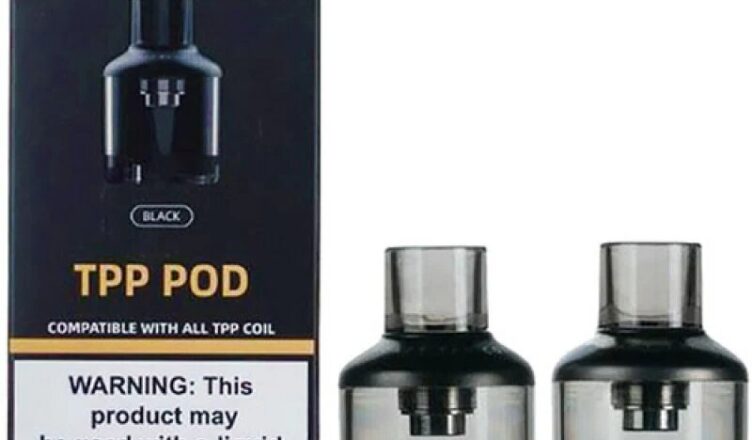Vape tanks are an integral part of the vaping experience, responsible for holding e-liquid and facilitating vapor production. Understanding their mechanics, types, and functionalities can greatly enhance your vaping journey.
What is a Vape Tank?
A vape tank, also known as a clearomizer or atomizer, is a device attached to a vape mod. It houses the e-liquid and contains the coil and wicking material responsible for vaporizing the liquid.
Components of a Vape Tank:
-
Tank Body: The main reservoir for e-liquid, typically made from glass or pyrex for durability and visibility.
-
Coil: A heating element made from wire wrapped into a coil shape, often with cotton wicking material to absorb e-liquid.
-
Drip Tip: The mouthpiece where vapor is inhaled, usually made from plastic, metal, or ceramic.
-
Base: The bottom section of the tank that connects to the vape mod and houses the coil assembly.
Types of Vape Tanks:
Vape tanks come in various types to cater to different vaping styles and preferences:
-
Sub-Ohm Tanks: Designed for direct-to-lung vaping, these tanks use coils with a resistance below 1 ohm for increased vapor production and flavor intensity.
-
MTL Tanks (Mouth-to-Lung): Mimicking the sensation of smoking a traditional cigarette, MTL tanks have tighter airflow and use higher resistance coils, suited for smaller vapor inhalations.
-
RTA (Rebuildable Tank Atomizer): These tanks allow users to build their own coils and wicks, offering greater customization and control over vaping experience.
-
RDA (Rebuildable Dripping Atomizer): Known for intense flavor and vapor production, RDAs require users to drip e-liquid directly onto the coil and wick.
Choosing the Right Vape Tank:
Selecting a vape tank depends on personal vaping preferences:
-
E-liquid Compatibility: Consider whether the tank is compatible with the type of e-liquid (PG/VG ratio) you prefer.
-
Coil Options: Different tanks offer varying coil resistances and materials, affecting flavor, vapor production, and battery life.
-
Airflow Control: Adjustable airflow allows users to fine-tune their vaping experience, influencing vapor density and throat hit.
Maintaining Your Vape Tank:
Proper maintenance ensures optimal performance and longevity of your vape tank:
-
Cleaning: Regularly clean the tank components with warm water to remove residue and extend coil life.
-
Coil Replacement: Replace coils periodically to maintain flavor quality and prevent burnt tastes.
-
E-liquid Selection: Choose high-quality eliquids to minimize residue buildup and extend tank lifespan.
Safety Considerations
To ensure safe vaping practices:
-
Battery Safety: Use compatible batteries and chargers to prevent overheating and potential hazards.
-
E-liquid Storage: Store e-liquids in a cool, dry place away from children and pets.
-
Avoid Dry Hits: Prime coils properly and avoid vaping when the tank is low on e-liquid to prevent dry hits.
Future Trends in Vape Tanks
The vaping industry continually evolves with innovations such as:
-
Mesh Coils: Offering improved flavor and vapor production due to increased surface area.
-
Temperature Control: Tanks equipped with temperature-sensitive coils for precise vaping control.
-
Hybrid Tanks: Combining features of different tank types to cater to diverse vaping styles.
Vape tanks are essential components for vapers seeking customization, flavor, and vapor production. Understanding their types, maintenance, and safety considerations enhances the vaping experience while ensuring safe usage practices. Stay informed about the latest innovations to continually enhance your vaping journey.

